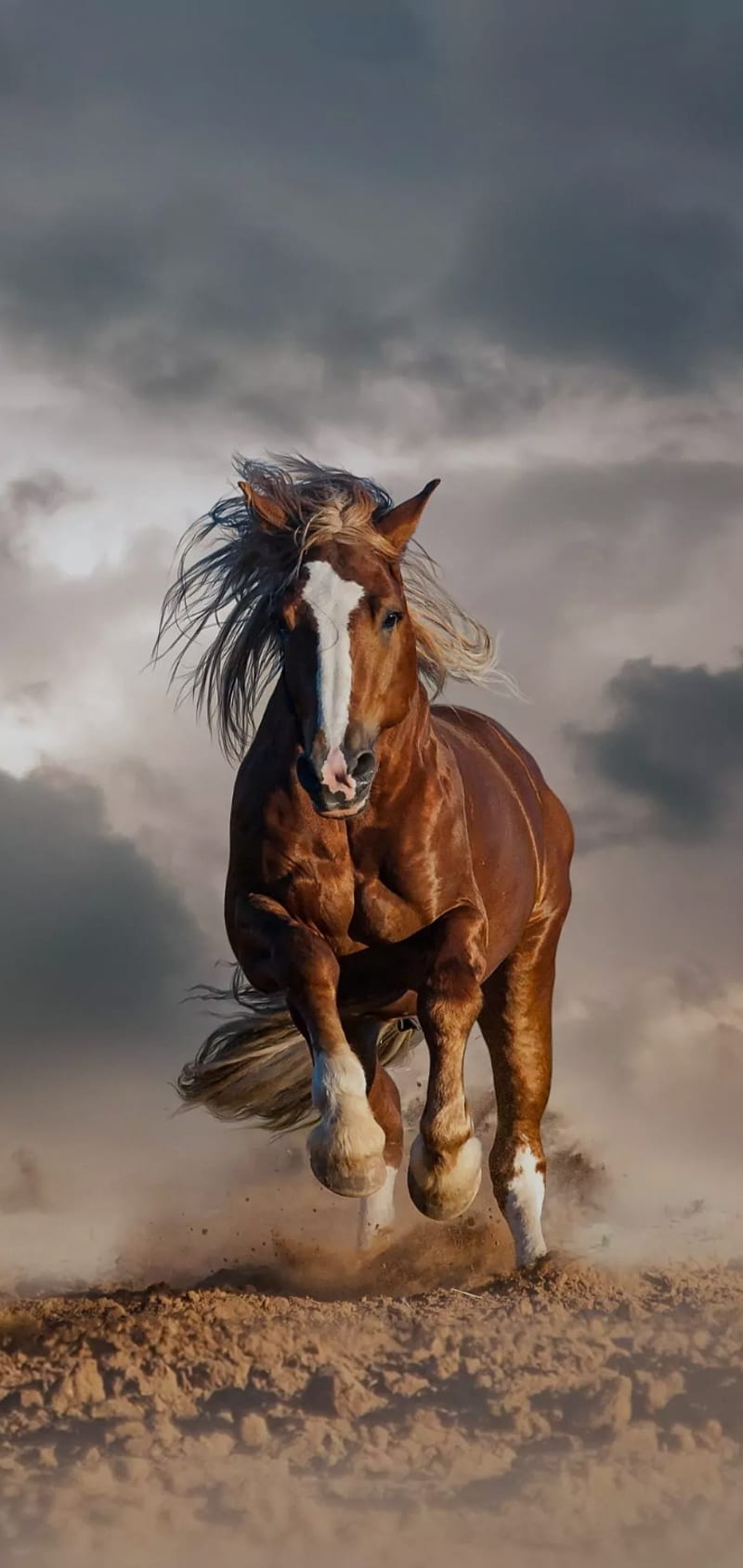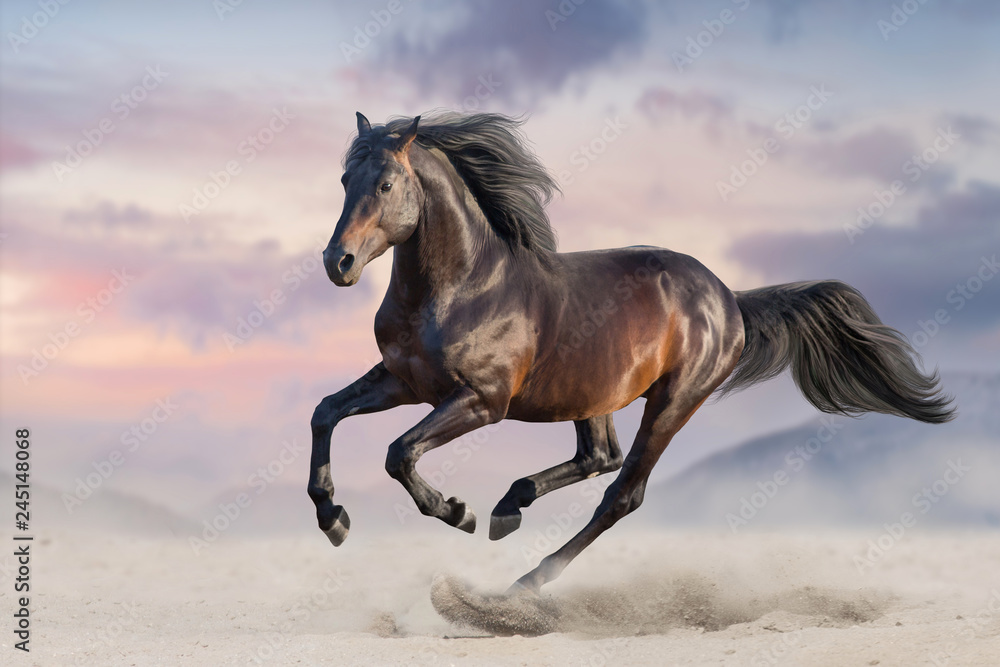When you think about the natural world, it's pretty amazing how all living creatures, from the smallest insect to the largest animal, have their own ways of making sure their kind continues. And, you know, when it comes to bigger creatures, horses really do stand out. With their considerable size and strong presence, they are, in a way, quite dominant when it's time for them to reproduce. It's a powerful part of their existence, really, and something that has kept their species going for ages.
A lot of people who spend time around horses, or just those who are curious, often wonder about this particular aspect of their lives. Questions like, "When do horses typically get together to create new life?" or "How long does the actual process take?" and "Just how often does a mare feel ready to accept a stallion?" are, as a matter of fact, quite common. I've heard these sorts of questions asked many times over the years, and it's clear there's a lot of interest in how these magnificent animals manage their family planning, so to speak.
Having spent, you know, a good portion of my life around these animals, and having looked into the topic quite a bit, I've come to see that the whole way horses go about bringing new life into the world is actually very well organized. It's a thoughtful process, almost as if nature itself has laid out a clear plan. This information, honestly, can be super helpful for anyone who owns horses, or who helps them reproduce, or even just folks who look after their health. It’s pretty important to get a good grip on the details, so we can give these animals the best care possible during this significant time.
Table of Contents
- Introduction to Horse Mating
- Why Do Horses Mate?
- When is the Horse Breeding Season?
- Understanding the Mare's Cycle for Horse Mating
- Wild Versus Domestic Horse Breeding Season
- Encouraging the Horse Breeding Season
- How Do Horses Mate and for How Long?
- What About Courtship Rituals in Horse Mating?
- Important Considerations for Horse Mating
Why Do Horses Mate?
Just like most creatures on our planet, horses engage in the act of mating because it is, well, a fundamental drive. It’s an instinct that runs deep within them, essentially pushing them to continue their kind. This natural behavior is, you know, absolutely vital for the continuation of the horse species. Without it, there would simply be no more horses, which would be a pretty sad thought, wouldn't it? So, when we observe horses mating, we're really seeing a crucial piece of their life puzzle, a behavior that ensures their survival and presence for generations to come. It's all part of the grand design of nature, really, a way to keep the populations healthy and thriving.
When is the Horse Breeding Season?
For most horses, there's a particular time of year when they feel the strongest urge to reproduce. This period is, in some respects, quite predictable. Typically, they start to show signs of being ready to breed for the first time in the early part of spring, and this readiness usually continues through the warmer months, finally winding down as summer draws to a close. This means that, for much of the year, horses are not really thinking about creating new life. It's a seasonal thing, very much tied to the changing light and warmth, which, you know, makes a lot of sense when you consider the natural world. This natural rhythm helps ensure that foals are born at a time when the weather is good and there's plenty of food around.
Understanding the Mare's Cycle for Horse Mating
To really get a handle on horse mating, it helps to understand the female horse, or mare's, reproductive cycle. It's, you know, a bit more involved than just a simple on-and-off switch. Mares actually experience what are called "follicular waves" during each cycle, and there are typically two of these. The first wave of these developments happens during a period when the mare is not receptive to a stallion, and these early developments usually just fade away. However, the second wave comes along after a certain internal change, and this is the time when the mare is, in fact, ready and open to mating. Knowing these details is pretty important for anyone involved in horse breeding, as it gives them a bit of an advantage in planning when to bring a mare and stallion together, basically helping them meet their goals for new foals.
Wild Versus Domestic Horse Breeding Season
There's a noticeable difference, you know, between how wild horses approach mating and how things are often managed with horses that live alongside people. Wild horses, like those majestic creatures that roam vast open spaces, are a symbol of a life lived without much human interference. In their natural setting, they stick to a very specific time of year for breeding, which is marked by particular behaviors and even some rituals. This natural timing is, apparently, crucial for their survival, ensuring that their young are born when conditions are most favorable. Understanding this natural cycle of wild horse mating can, honestly, teach us so much about these animals and their deep-seated instincts. It's a fascinating look into how they thrive on their own terms, really.
Encouraging the Horse Breeding Season
For those who manage horses, especially breeders, there are ways to gently nudge the breeding season along or even make it last a bit longer than it would naturally. One common method, for example, involves using artificial light. By providing mares with about 16 hours of light each day before the natural breeding season begins, breeders can, in a way, trick the mare's body into thinking it's already spring. This technique is often used by breeders who want their mares to give birth to foals earlier in the year, sometimes right after the new year begins. It's a tool that helps them time the arrival of new foals just so. There are, of course, other tips and tricks, but light is a pretty powerful one for extending the time mares are ready to breed, basically giving a bit more control over the breeding schedule.
How Do Horses Mate and for How Long?
The actual process of horses mating, like with most animals, is driven by a deep, inborn impulse. It’s not something they learn; it’s just part of who they are. The act itself is, you know, fairly quick, usually lasting only a few moments once the stallion mounts the mare. It's a very efficient process, really, designed by nature to be effective. The more important aspect for those who oversee horse breeding is not just the brief act itself, but rather the mare's entire cycle leading up to it. On farms where breeding happens, the place where the actual mating occurs is, honestly, one of the most important spots for keeping careful notes. Knowing as much as possible about the mare's readiness can, in fact, give horse owners and breeders a real advantage in reaching their goals for new foals, basically making the whole effort more successful.
What About Courtship Rituals in Horse Mating?
Before the actual mating happens, horses, like many animals, engage in a series of behaviors that are, in a way, their version of getting to know each other. This is often called courtship. It involves, you know, various actions and signals between the mare and the stallion. The stallion might approach the mare in a particular manner, perhaps nuzzling her or making certain sounds. The mare, in turn, will show signs if she is receptive, such as raising her tail or urinating in a specific way. These are all natural parts of their interaction. The mating season itself, the mare's readiness, and even the physical condition of both horses all play a role in whether these courtship behaviors lead to a successful mating. Things like, you know, feeling stressed by their surroundings or having physical problems can also affect this natural process. So, it's not just about the act itself, but the whole dance that leads up to it, basically a very important part of horse behavior.
Important Considerations for Horse Mating
When thinking about horse mating, there are several things that people who care for horses should keep in mind. Beyond the natural cycles and behaviors, the health of both the mare and the stallion is, honestly, super important. Any physical issues or even stress from their surroundings can affect their ability to reproduce successfully. For mares, understanding their 21-day estrous cycle, which is the time from one ovulation to the next, is really key. This period is when they are most likely to conceive. Also, as the breeding season winds down in late summer and early fall, mares often enter a sort of "transition period." During this time, their readiness to breed becomes, you know, a bit more unpredictable and less regular, similar to how they are in the spring before the season truly begins. This means that planning around these natural shifts is, basically, a vital part of managing horse breeding.
During the busiest part of the breeding season, particularly in wild herds, you might see a strong male horse, often called a band stallion, working hard to keep other single male horses away from his group of females. This behavior is, in fact, a natural part of their social structure and ensures that he is the one who gets to reproduce with his mares. For those involved in horse care, especially people who are working with mares and stallions, it's pretty helpful to know what to expect from their actions during this time. The entire process of horse mating, from the initial courtship to the actual act, whether in the wild or under human care, is, you know, a complex yet fascinating display of instinct and natural purpose. It's all about ensuring the continuation of these magnificent creatures, and understanding it helps us appreciate them even more, basically making us better caregivers.
Related Resources:



Detail Author:
- Name : Juston Lubowitz
- Username : nkonopelski
- Email : fwiza@batz.com
- Birthdate : 2002-09-19
- Address : 8424 Rhea Branch New Telly, NJ 64603
- Phone : 305-272-7964
- Company : Stehr, Leffler and Labadie
- Job : Agricultural Science Technician
- Bio : Enim aut quis commodi quod fugiat et. Dolor iusto aliquid labore voluptas et inventore. Est laudantium praesentium cumque magnam culpa et quaerat soluta. Repellat adipisci perferendis nam cum.
Socials
facebook:
- url : https://facebook.com/katrina_kub
- username : katrina_kub
- bio : Dolores non architecto dolores eaque sit sint voluptatum.
- followers : 3924
- following : 1209
linkedin:
- url : https://linkedin.com/in/kub1976
- username : kub1976
- bio : Officiis aut similique eum omnis.
- followers : 4785
- following : 1619
tiktok:
- url : https://tiktok.com/@katrina3577
- username : katrina3577
- bio : Ipsam qui sit omnis iusto iusto.
- followers : 4132
- following : 924